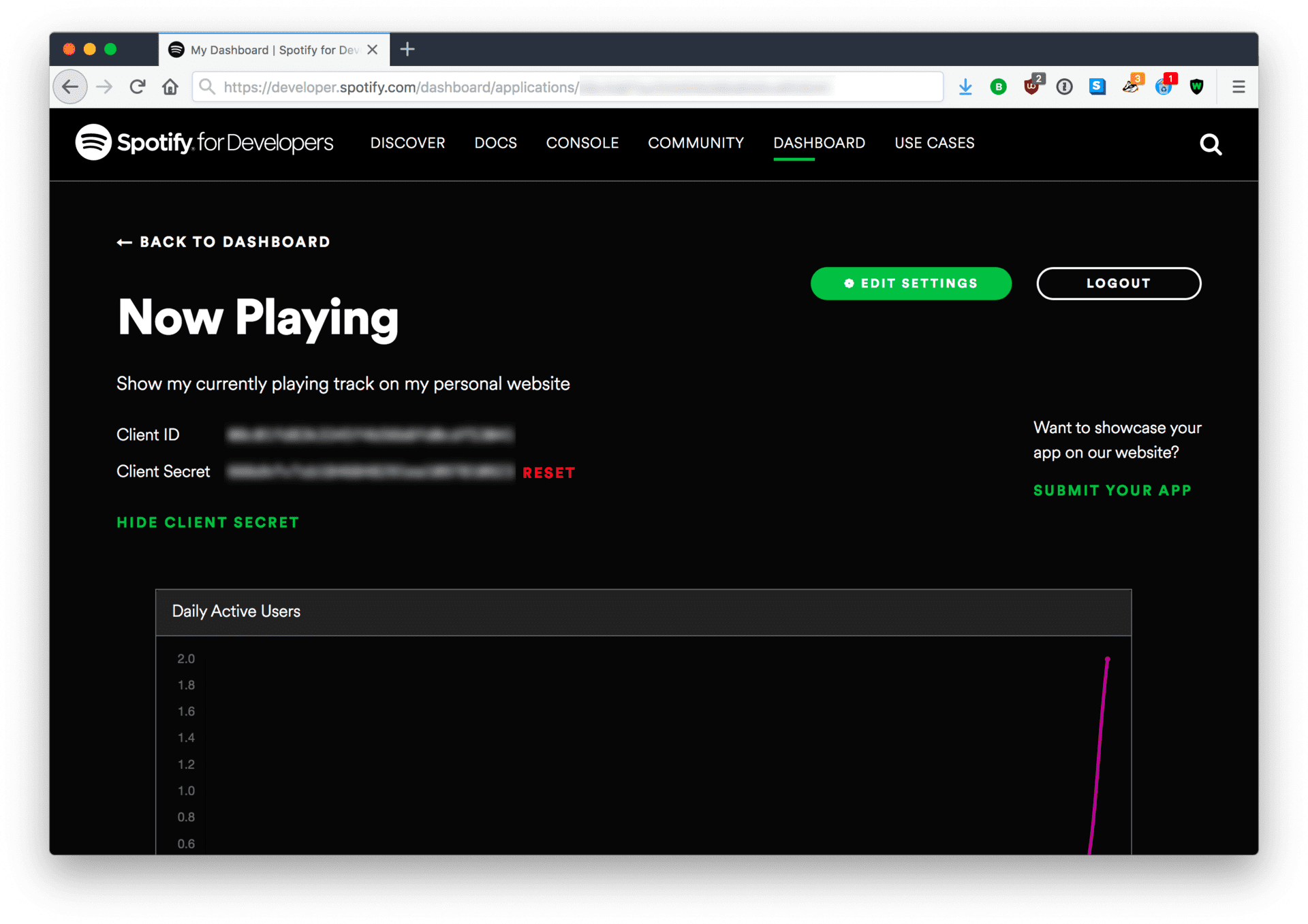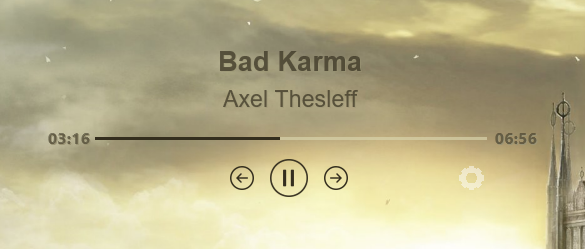

To do that, you need to configure sshd on your server and install x11vnc on both server and client as well as tigervnc on the client. Where yourcommand can be spotifycmd that you installed on the server, or a dbus script for the linux version, as described above.Īside from grabbing the whole desktop with TeamViewer or VNC to remotely control your server, you can also only grab the Spotify Window from the server to your client. If you set up ssh on the server, you can send controls from a client to a remote Spotify instance with Note: spclient.wg. now appears to block radio and daily mixes, as well as recently played songs. ~/.config/spotify/Users/ spotify login-user/prefs ui.track_notifications_enabled=falseĪlternatively, you can disable track notifications via the client's settings: disable Show desktop notifications when the song changes. To disable them, launch Spotify with the -ui.track_notifications_enabled=false option or add: The last line does the actual job, so you can adjust the command to lower the volume or toggle mute.Īfter version 0.9.10, track change notifications were enabled by default. If i = 'Sink' and pactl = 'Input' and '#' in pactl: Pactl = subprocess.check_output(, env=env).decode().strip().split() #Author: Marcin Kocur, attribution license:
#Reintsall nowplaying spotify code
Unfortunately this script is not the fastest solution and if you execute it multiple times via keyboard hotkey, it might become laggy.įaster (like 10 times) Python code (requires at least Python 3.7 to be installed): This script is based on work done by user Mikołak in this post. Pactl set-sink-input-volume "$current_sink_num" +1% Pactl list sink-inputs |while read line do \ You can create a script for changing volume and bind it for example to keyboard shortcut via desktop environments configuration or xdotool described in next section. $ pactl list sink-inputs Sink Input # 3 << here The sink number for "$current_sink_num" can be found in the output of command: $ pactl set-sink-input-mute "$current_sink_num" toggle #mute toggler $ pactl set-sink-input-volume "$current_sink_num" -1% #volume down by 1% $ pactl set-sink-input-volume "$current_sink_num" +1% #volume up by 1% However, there is a possibility to control volume via pulseaudio's input sink: This is broken within spotify itself, which ignores volume change requests. (Discuss in Talk:Spotify)Īs you might have noticed, MPRIS protocol commands do not include volume control. Reason: The wiki is not a code development platform. ~/.config/spotify/prefs storage.size=3072 Global media hotkeys Spotify automatically manages a storage size for caching, however one may want to force the size limit preventing the filesystem from filling up.Īppend storage.size (measured in MB) to /home/ user/.config/spotify/prefs, e.g. || spicetify-cli AUR Tips and tricks Limit storage size


Spicetify - A Powerful Command-Line tool to customize your Spotify-Client, Includes themes,extensions and more.Tizonia - Command-line cloud music player for Linux with support for Spotify, Google Play Music, YouTube, SoundCloud, Plex servers and Chromecast devices.spotify-qt - Lightweight Spotify client using Qt written in C++.spotify-tui - A Spotify client for the terminal written in Rust.Spotifyd also supports the Spotify Connect protocol which makes it show up as a device that can be controlled from the official clients. Spotifyd streams music just like the official client, but is more lightweight and supports more platforms. Spotifyd - An open source Spotify client running as a UNIX daemon.Spot - Gtk/Rust native Spotify client for the Gnome desktop.Psst - Fast and multi-platform Spotify client, made in Rust with a native GUI.ncspot - Cross-platform ncurses Spotify client written in Rust, inspired by ncmpc and the likes.Mopidy - An alternative plug-in based implementation of Music Player Daemon is able to stream from Spotify with an extension.MellowPlayer - A free, open source and cross-platform desktop application that runs web-based music streaming services in its own window and provides integration with your desktop.It enables applications to use Spotify's service (streaming), without using the official closed-source libspotify. Librespot - An open source client library for Spotify.Note: All clients listed here require a Premium account to stream from Spotify.


 0 kommentar(er)
0 kommentar(er)
